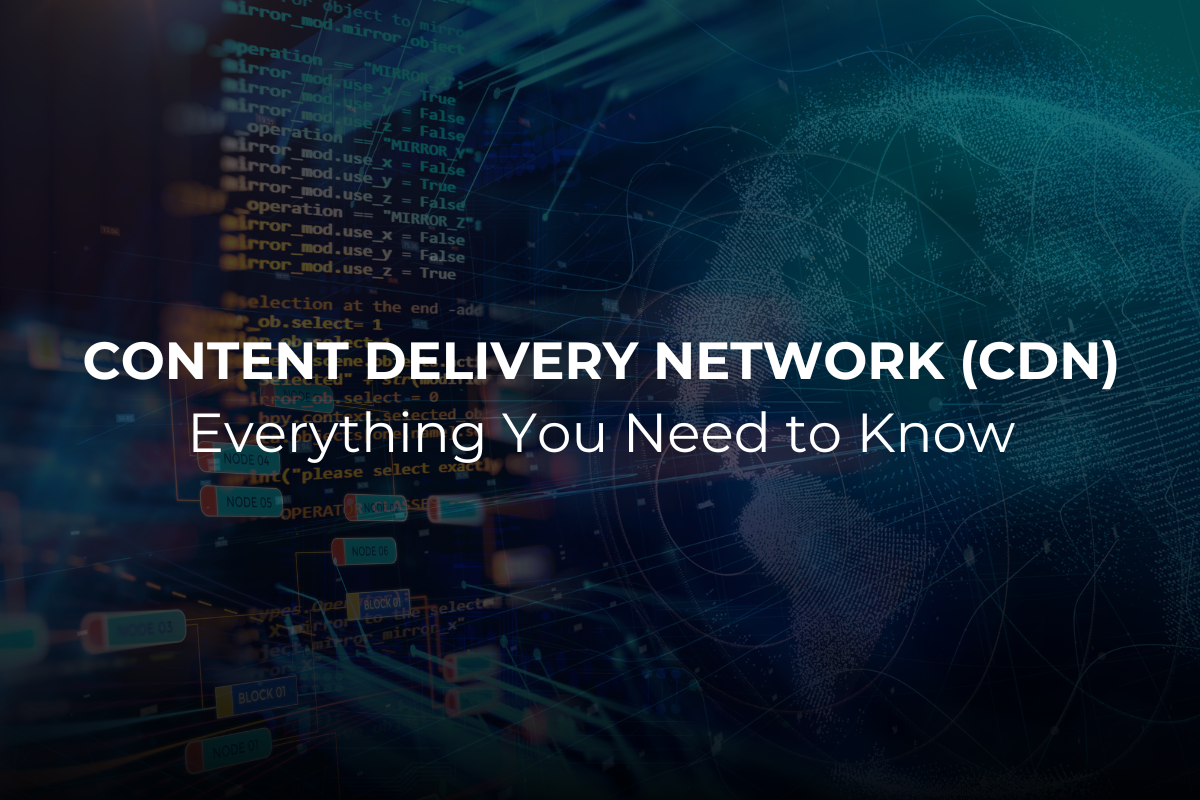Content Delivery Networks (CDN): Everything You Need to Know

The internet has experienced significant growth over the past decade, offering vast amounts of content across various platforms and types of media accessible in many countries. People can transfer data from one to another in real-time with unique features that help them deliver content. However, people face the challenging sides of the internet should the people send it across the world at some times. Thus, companies and websites usually use Content Delivery Network or known as CDN for a better performance.
What is a Content Delivery Network?
A Content Delivery Network (CDN) is a group of interconnected servers distributed geographically closer to the end user, designed to deliver cached internet content—such as images, videos, and HTML—quickly and efficiently. This efficiency and high speed have contributed to the growing popularity of CDNs, enabling major global companies to significantly enhance their web performance and effectively manage large-scale traffic. Common CDN providers are: Cloudflare, Fastly, Gcore.
Major companies and website owners should consider using a Content Delivery Network (CDN) to enhance content delivery and facilitate smoother transfers from interconnected servers across the globe. By utilizing a CDN, businesses can significantly improve user experience, leading to higher customer satisfaction and encouraging repeat visits.
How Does it Work?
CDN works by temporarily storing files and content on distributed servers around the globe. This enables efficient data transfer by allowing users to access data from servers that are closer to them. This process, known as caching, helps improve load times and reduce latency.
The process of caching is central to how CDNs operate. By storing copies of web pages, images, videos, and other types of content, CDNs reduce the distance that data must travel, which minimizes latency and improves load times. This is especially important for websites with high traffic or for streaming services where quick access to data is crucial for user experience.
What are the Benefits?
CDN serves many benefits as following:
- Faster Speed
With interconnected servers, companies or website owners can send cache much quicker by having a closer network to the users. Therefore, users can receive contents and information with minimal latency, making them stay in the site longer.
- Reduce Cost
One of the main expenses in hosting a website is bandwidth cost. By CDNs, websites can reduce said cost and optimize data transmission through caching.
- Security
Aside from delivering content, CDN can also improve security to ensure data protection by few services. For instance, providing distributed-denial-of-service (DDos), web application firewalls (WAFs), SSL/TLS encryption.
- Improved Performance
Faster speed and minimal latency creates improved website performance overall. Users can load sites smoothly without encountering issues that cause them to bounce out of the page. Additionally, companies and website owners can manage larger traffic in different locations better.
Conclusion
In summary, a Content Delivery Network (CDN) plays a vital role in delivering content and managing traffic for users across various locations. By leveraging a network of distributed servers, CDNs ensure that data is stored closer to users, which significantly reduces latency and enhances loading speeds. This is particularly important in our increasingly globalized world, where users expect instant access to content regardless of their geographical location.


